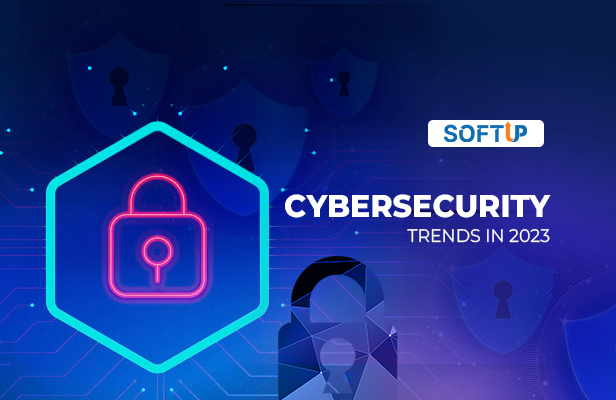In 2024, the world of cybersecurity is changing quickly as technology advances and new threats appear. Here are some important trends to watch:
- AI-Powered Attacks and Defense
Cybercriminals are using artificial intelligence (AI) and machine learning (ML) to create more advanced attacks. They use AI to gather information, avoid detection, and target specific victims. To fight back, cybersecurity experts are also using AI to improve their defenses and spot unusual activities quickly.
- Zero Trust Architecture
The old way of securing networks by trusting everything inside the network is being replaced by Zero Trust. This approach assumes no one is trusted by default, whether they are inside or outside the network. Every user and device must be verified before accessing resources, reducing the risk of breaches.
- Cloud Security
As more businesses use cloud services, protecting data in the cloud is crucial. Companies are investing in cloud-specific security tools to safeguard their data, applications, and workloads. Tools like Cloud Security Posture Management (CSPM) and Cloud Workload Protection Platforms (CWPP) are becoming essential.
- Internet of Things (IoT) Security
The rise of IoT devices, like smart home gadgets and industrial sensors, brings new security challenges. These devices can be targets for cybercriminals. Ensuring they are secure involves using strong authentication, encryption, and continuous monitoring.
- Ransomware and Extortion Attacks
Ransomware attacks, where criminals lock up data and demand payment, are increasing. Attackers are getting better at targeting businesses of all sizes. They not only encrypt data but also steal it and threaten to release it unless paid.
- Privacy and Data Protection
With more focus on privacy and data protection, companies are improving how they handle data. Laws like GDPR and CCPA require businesses to implement strong security measures and give people more control over their personal information.
- Supply Chain Attacks
Supply chain attacks target software vendors or service providers to spread malware to many users. These attacks can affect a large number of organizations through a single breach, making them a significant concern.
- Quantum Computing and Post-Quantum Cryptography
Quantum computers, once fully developed, could break many current encryption methods. To prepare, researchers are developing new encryption techniques that can withstand quantum attacks.
- Behavioral Analytics and User-Centric Security
To detect sophisticated threats, companies are focusing on user behavior. By analyzing how users typically behave, they can spot unusual activities that might indicate a security issue, like a compromised account.
- Security Automation and Orchestration
The increasing number of cyber threats means that automating security tasks is essential. Technologies like Security Orchestration, Automation, and Response (SOAR) help automate repetitive tasks and improve the efficiency of security teams.
These trends show how cybersecurity is evolving to meet new challenges. Staying informed and adapting to these changes is key to protecting against cyber threats.

